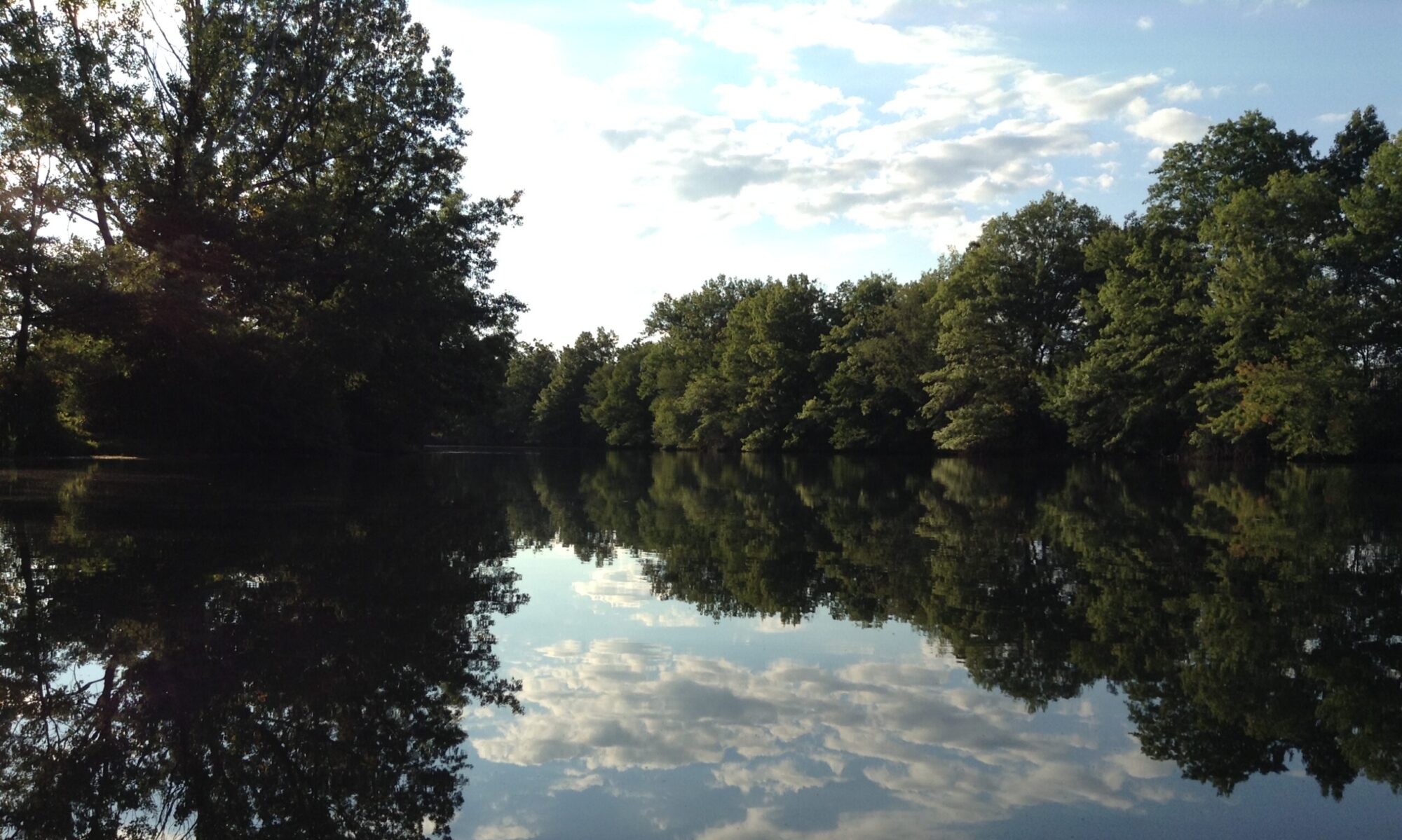Between September of 2021 and May of 2022, I served as a Research Project Team Lead for the Governor’s STEM Scholars. I was one of 100 New Jersey students accepted into this program, which is led by the Research & Development Council of New Jersey in collaboration with the New Jersey Governor’s Office, the New Jersey Department of Education, the New Jersey Secretary of Higher Education, and public and private research organizations in the state. The purpose of this program is to introduce and connect New Jersey’s highest achieving STEM students to the state of New Jersey’s vast STEM economy.
As part of the Governor’s STEM Scholars, I designed a research project and mentored a group of 10 high school students through the implementation of the project. Our project title was “Geospatial Analysis of Contributing Factors for Living in New Jersey Wildland-Urban Interface (WUI) Regions Prone to Wildfire”. Together with an Assistant Project Team Lead and the 10 high school students, we performed statistical data analysis and created geographic maps that explored the topics of wildfires and wildfire risk, the WUI, income, natural amenities, and housing affordability in New Jersey.
Here is a link to our research paper published in the Governor’s STEM Scholars 2022 flip book, which showcases the projects from all 9 teams.
Additionally, here is a link to our StoryMap presentation, which provides interactive maps where you can zoom-in and click the counties and census tracts for additional information.
Below is our abstract for a quick read of our project:
“One of the fastest growing land types in the United States is the wildland urban-interface (WUI), which is the area where housing meets or intermingles with undeveloped vegetation. The close proximity of housing development to undeveloped wildland vegetation puts houses in wildfire-prone WUI areas at greater risk of wildfire damage and loss. Despite this risk, many people are still choosing to live in these ecologically vulnerable areas. Our project seeks to identify which populations are currently inhabiting the WUI and which factors are influencing them to live there. We utilized a combination of geospatial analysis using ArcGIS Online and data analysis using the statistical computing language R to complete a thorough evaluation of New Jersey in terms of the WUI, wildfire and risk, income, natural amenities, and housing affordability. We used a variety of data sources to evaluate both New Jersey as a whole and the Pinelands as a case study. Through our comprehensive analysis, we conclude that the WUI in New Jersey is composed primarily of high-income households. This information can help forest managers better understand the needs of these communities and which wildfire mitigation strategies are best to implement.”
TikTok Video
As part of the STEM Scholars program, each team was asked to create a TikTok video about either our research project or some aspect of STEM. Below is our video submission. In this video, a dog who doesn’t know what prescribed burns are learns about their importance for good forest management from another dog. Enjoy!
